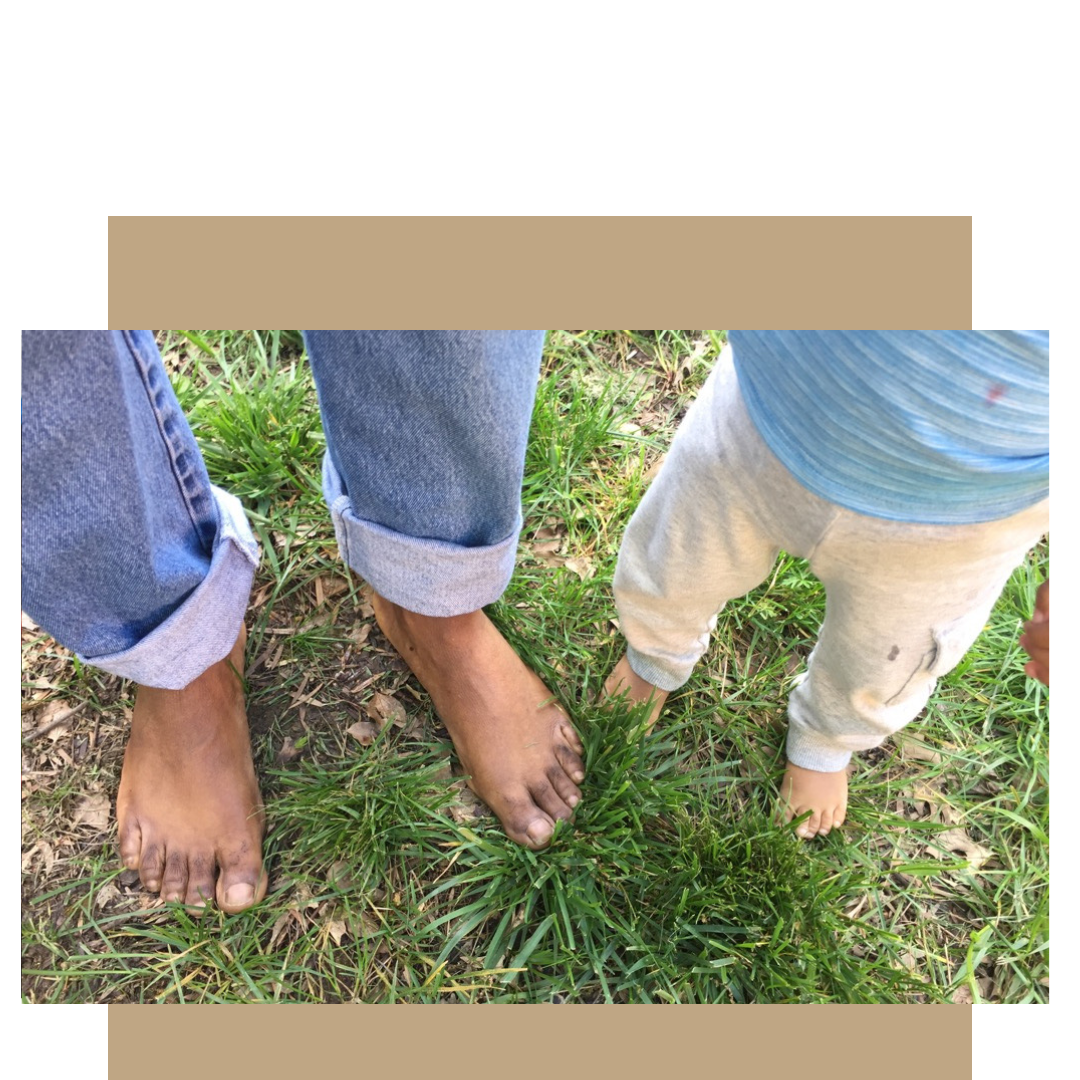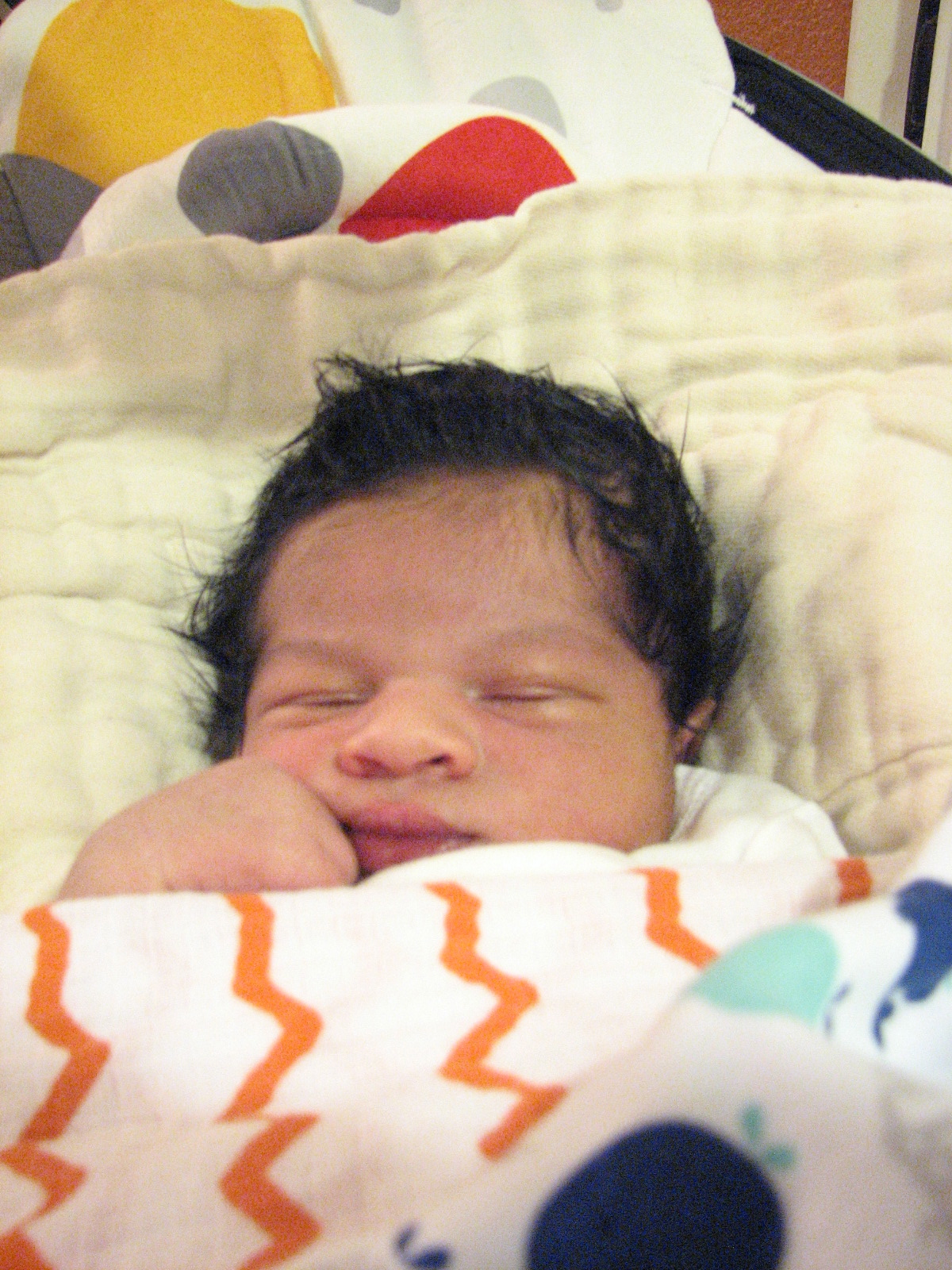 Ankyloglossia is the formal word for tongue ties. It is a condition that affects between 0.2% and 2% of all babies born. It is characterized by a short frenulum, the tissue that tethers the bottom of the tongue’s tip to the bottom of the mouth, and it is cause for concern as it can make eating, sucking, and even talking difficult.
Ankyloglossia is the formal word for tongue ties. It is a condition that affects between 0.2% and 2% of all babies born. It is characterized by a short frenulum, the tissue that tethers the bottom of the tongue’s tip to the bottom of the mouth, and it is cause for concern as it can make eating, sucking, and even talking difficult.
It also interferes with breastfeeding, an act of swallowing beneficial nutrients which are essential to life.
A tongue-tied baby may have trouble latching onto the breast as they are unable to extend their tongue horizontally past the gum ridge, or their lips. Rather they latch onto the nipple, yet not far enough to extract milk, thus end up chewing or “gumming” it, to no avail.
A simple warning sign of a tongue-tie to be aware of: breastfeeding is painful and your child is slow in gaining weight. A majority of breastfeeding problems can often be resolved by readjusting the position and attachment, but if changing your style doesn’t seem to help, then look under the tongue instead.
To varying degrees, the following may occur:
- Baby may be unable to latch onto the breast at all.
- Baby may attach shallowly, causing nipple damage.
- Difficulty creating a strong suction.
- Breastfeeding for extended periods of time, just to get enough.
- Choking on a steady flow of milk.
- Poor weight gain, with supplementation necessary.
 If your baby is struggling with breastfeeding, know that formula for a baby with tongue-tie is not necessarily the answer either, as they may also grapple with getting a hold of the bottle while milk drips from their mouth.
If your baby is struggling with breastfeeding, know that formula for a baby with tongue-tie is not necessarily the answer either, as they may also grapple with getting a hold of the bottle while milk drips from their mouth.
While a frenotomy, a minor medical procedure may resolve problems (it is usually done before the baby reaches 6 months), there are other natural options to pursue. Encouraging tongue mobility is one, helping your little one achieve a deeper latch is another. And if problems persist, seek the attention of your midwife or practitioner.
Would love to read your comments on any experiences you have had with tongue ties or infants struggling to breastfeed. Please follow us on Twitter or Instagram.





